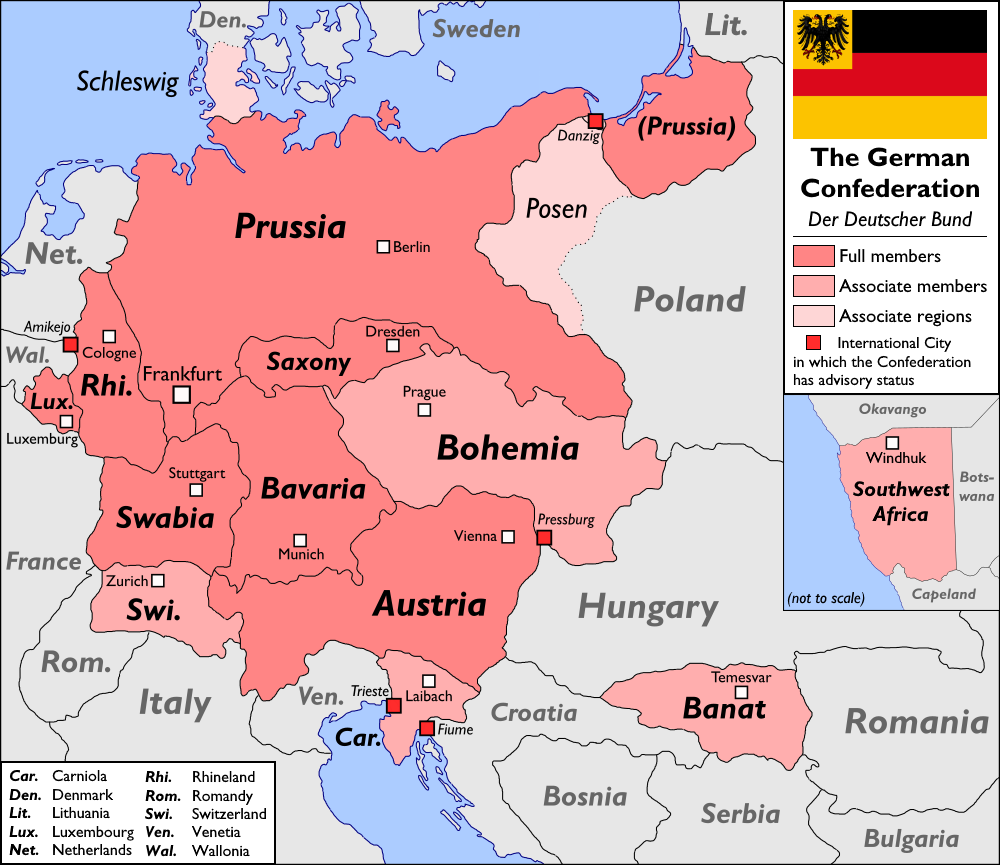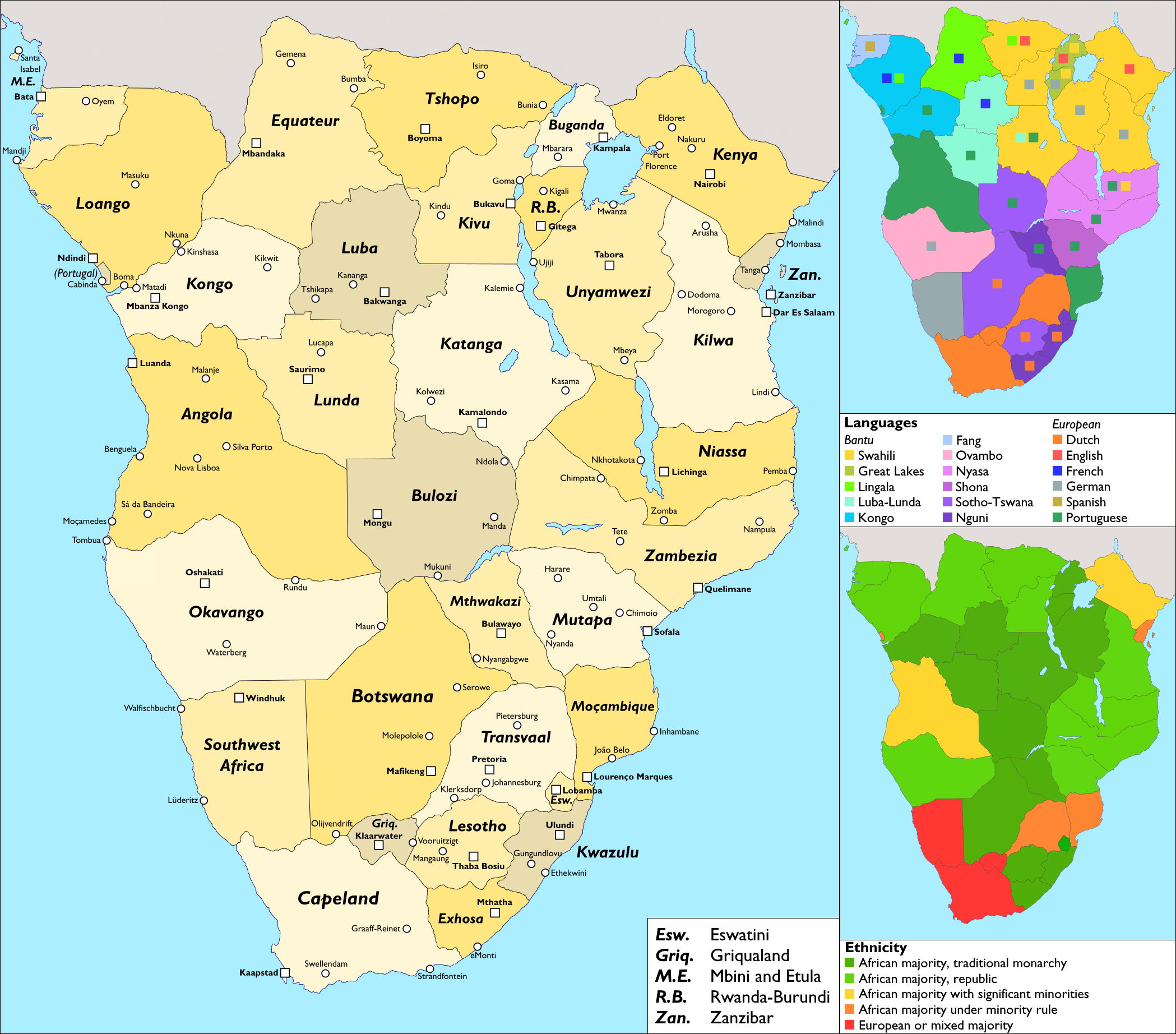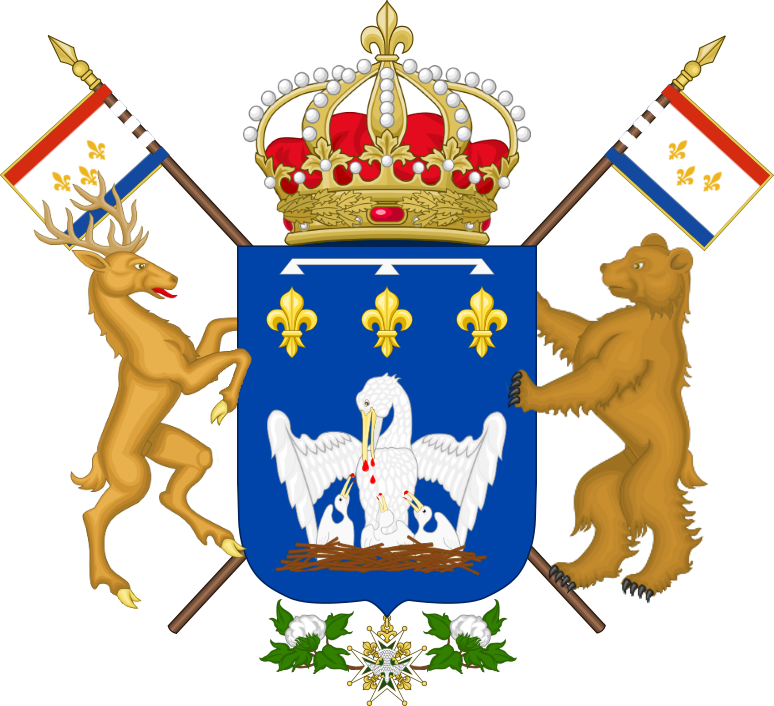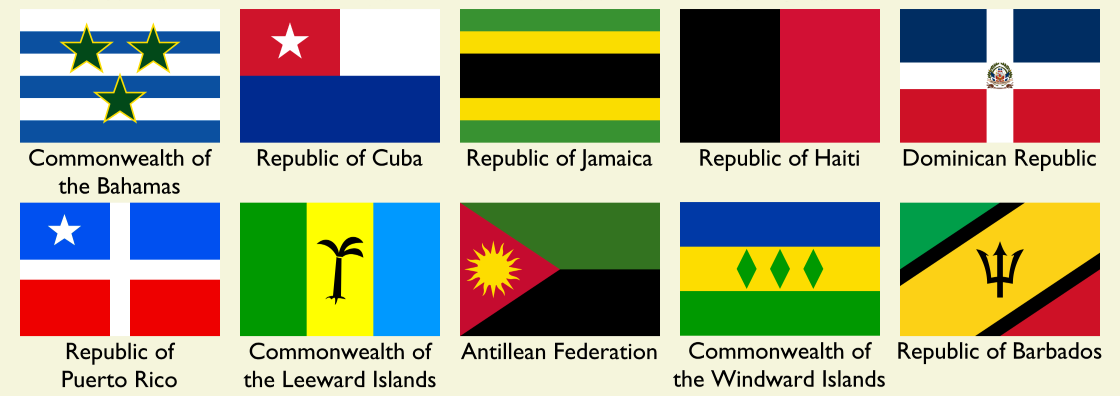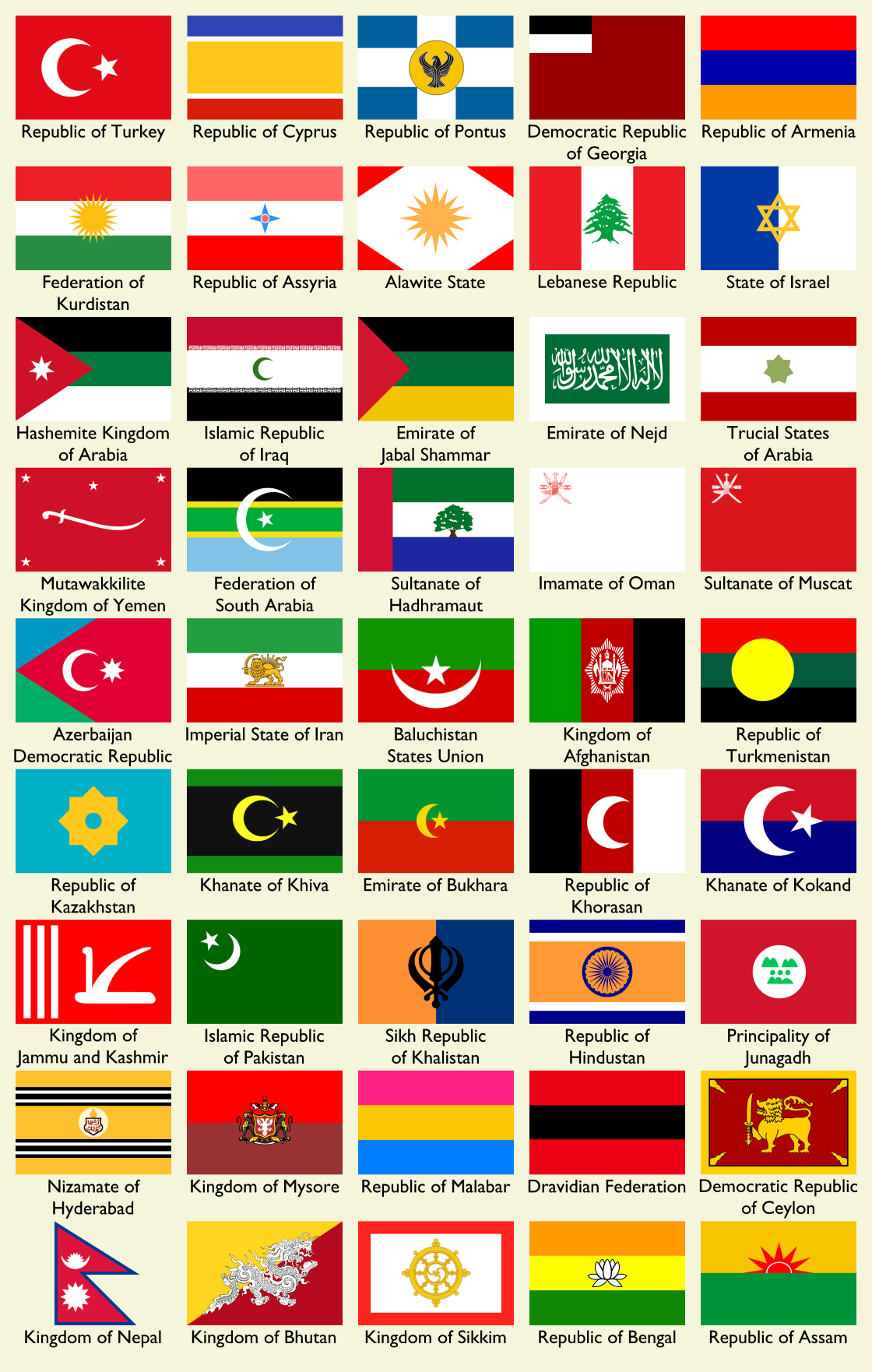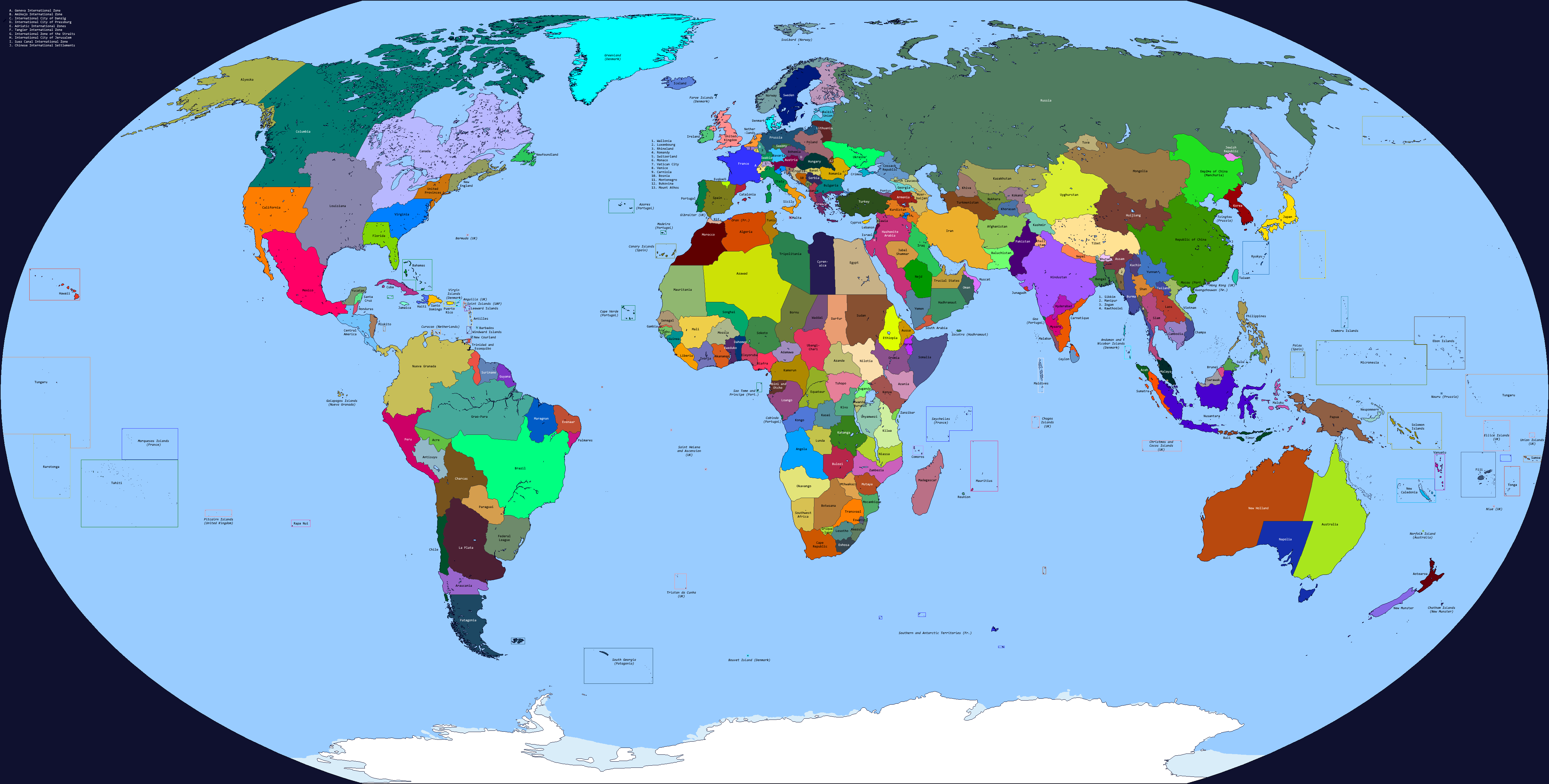Well I blew through Halloween, Thanksgiving, Christmas, and New Year's, but I barely missed Mardi Gras so almost just in time for it, here's a list of holidays celebrated in North America!
(Note that this is not an exhaustive list and does not include independence days or memorial days.)
January 1:
New Year’s Day is an official public holiday in every country in North America.
January 5-6:
Epiphany and its eve Twelfth Night are celebrated with feasting, especially on king cake, and other parties and revelry in Florida (where Epiphany rather than Christmas is the main gift-giving holiday of the year) and Louisiana, and to somewhat lesser extent in Canada, Virginia, California, and the United Provinces (where it is also celebrated by children wassailing). In Alyeska, according to the Orthodox tradition, it is celebrated on January 19 with the custom of swimming in freezing water. In the countries that observe it Epiphany is considered to mark both the end of the Christmas season and the start of the Carnival season.
January 25:
Saint Tatiana’s Day commemorates the Orthodox patron saint of students and as such is a popular day of drinking and revelry among students and other young people in Alyeska that has also spread to and become increasingly popular in Columbia and California. It coincides with the end of the academic term in Alyeska and the beginning of the academic term in Columbia and California.
January or February:
The Lunar New Year, on the date of the new moon between January and February, is celebrated in California and Columbia as Chinese New Year with fireworks, traditional Chinese dances, parades, giving of red envelopes, and eating of Chinese cuisine such as dumplings, in honor of the significant Chinese community and cultural impact in both of those countries. It is also celebrated in the United Provinces as Giyewanousquagowa, the Iroquois New Year, which involves ceremonial healing dances by masked societies, the proclaiming of the Code of the Longhouse Religion, lacrosse games, feasting, and other Iroquois spiritual and cultural observances. While principally celebrated by the Iroquois themselves, the Iroquois New Year is also an official public holiday across the entire United Provinces. It also roughly coincides with the championship game of the North American Lacrosse League, one of the continent’s most popular and anticipated sports events, typically held in Onondagastad.
February 2:
Candlemas is celebrated in Florida with the lighting and blessing of candles, decoration and presentation of baby Jesus figures, bonfires, and feasting, while in the United Provinces Groundhog Day is celebrated based on German Candlemas customs in which a groundhog (originally a badger) “predicts” whether winter will continue or spring will come early based on whether or not it sees its shadow; in many towns “groundhog lodges” organize parties on the day featuring food, singing, and skit performances in addition to the groundhog ceremony.
February 14:
Saint Valentine’s Day is a mostly secular celebration of love and romance featuring the exchange of cards and gifts celebrated especially in Anglophone countries and to some extent in most of the other countries in North America as well.
February or March:
Carnival or Mardi Gras, the day or several days before the start of Lent, is marked in a number of countries in North America with riotous celebrations based around the inversion of social norms. The most iconic celebrations take place in Louisiana, featuring costumed parades and masquerade balls organized by the “mystic societies” along with a significant amount of drinking and revelry, while rural communities practice the Courir de Mardi Gras, a mumming ritual in which masked and costumed revelers run or ride between houses and towns begging for food and playing pranks. Mardi Gras celebrations are considered an iconic national symbol of Louisiana and its culture, and Louisianan immigrants have also made Louisiana-style Mardi Gras popular to a lesser degree in Canada. Carnival is also popular in Florida, especially along the Gulf Coast such as in the cities of Mobile and Pensacola, and is similarly celebrated with parades, costumes, and street parties. The leadup to Lent is also celebrated as Maslenitsa in Alyeska with festivities including winter sports, effigy bonfires, and consumption of pancakes and other rich foods to use up forbidden ingredients before Lent. Fastnacht in the United Provinces is also marked by the consumption of rich pastries before Lent although it has lost most carnivalesque qualities.
March 17:
Saint Patrick’s Day, as celebrated in a number of countries in North America, is a celebration of Irish heritage and identity marked by drinking, revelry, and wearing of the color green. In New England it has historically been highly politicized as part of the civil rights movement by the Irish Catholic minority, and has only become an official public holiday celebrated by Catholics and Protestants alike. In Newfoundland it serves as a secondary national day. In other Anglophone countries and Francophone countries Saint Patrick’s Day is also a popular observance though an unofficial one and without political context.
March or April:
Easter is celebrated by Christians in every country in North America, though since it falls on a Sunday it is not a public holiday in itself. Good Friday and Easter Monday are both public holidays in Canada, Louisiana, Florida, and Alyeska (on the Orthodox date); only Good Friday is a public holiday in Virginia, California, and Newfoundland while only Easter Monday is a public holiday in the United Provinces.
April 30:
Walpurgis Night or Witches’ Night, as celebrated in the United Provinces, combines traditional Dutch and Swedish elements such as bonfires, choral singing, and drinking, with elements of the Anglophone holiday of Halloween such as trick-or-treating, costumes, macabre themes, and even more drinking. The latter elements date back to the 1950s, when Halloween became popular in the United Provinces as part of a wave of cultural influence from New England and Virginia. Subsequently there was a wave of backlash against this influence and reassertion of Dutch-Swedish culture, part of which was the transferring of Halloween celebrations to a date thought to be more culturally appropriate - the eve of Saint Walpurga’s day, traditionally thought to be the annual gathering night of witches. In recent years these lines have blurred again and many people in both the United Provinces and its English-speaking neighbors, especially young people, celebrate both Walpurgis Night and Halloween, facilitated by having the next day off for Labor Day.
May 1:
Labor Day is an official public holiday in New England, Columbia, the United Provinces, Canada, and Florida. Additionally, May Day in the more traditional fashion is celebrated in Virginia as a spring festival with maypole dancing, May Queen pageants, and other festivities.
May 11:
Saints Cyril and Methodius Day commemorates the saints who converted the Slavs and invented the precursor to the Cyrillic alphabet and is therefore a celebration of Slavic language and culture, marked officially in Alyeska and unofficially by Slavic communities in the rest of North America, most notably the Russophone minority in California in the context of their ongoing language rights movement.
May 24:
Empire Day commemorates the birthday of Queen Victoria, the official birthday of the reigning monarch, and the unity of the British Empire and Commonwealth, and as such is celebrated in both New England and Columbia, both of which are Commonwealth realms sharing a monarchy with Great Britain, with parades, fireworks, and other official observances. It is also a common flashpoint of protests by republicans, indigenists, and others who object to the monarchy or British connections.
May 29:
Cavalier Day or Oak Day originally celebrated the restoration of the Stuarts to the English throne and as such became popular in Virginia due to its extensive Cavalier sympathies. While that particular political context has long since become irrelevant, the day remains a popular holiday in Virginia marked by the wearing of oak sprigs, decoration with oak boughs, and processions in seventeenth-century-style costumes.
May or June:
Pentecost, or Pinkster in Amerikaans Dutch, is celebrated in the United Provinces as a largely secular and carnivalesque spring festival, featuring family gatherings, market fairs, maypoles, decorating with ribbons and flowers (especially azaleas), drinking, dances, and satirical performances such as the election of a “Pinkster King”. While widely celebrated in the United Provinces, Pinkster is particularly associated with the black minority and its culture, dating back to the time of slavery when it was one of the few days of recreation granted to enslaved people. Therefore, Pinkster as a celebration of African and Afro-American culture in particular has also spread to neighboring countries, especially Virginia where it was popularized by the large number of Afro-Virginian repatriates from the United Provinces and is a public holiday in the Gullah Free State.
June 23-24:
Saint John’s Day (and Eve) or Midsummer has come to be regarded as the unifying cultural holiday of Francophone North America and as such is celebrated in Canada, Louisiana, and the Acadia region of New England with bonfires, fireworks, dancing, and the originally Acadian custom of the tintamarre, a parade in which the participants make noise with improvised noisemakers. Midsummer and the tintamarre in particular. Midsummer as celebrated in the Scandinavian style, notably featuring maypole dancing in addition to bonfires and other festivities, is also one of the major public holidays in New Sweden and is celebrated to a lesser extent in the rest of the United Provinces. In addition it is celebrated as Kupala in Alyeska, much of which has nearly twenty-four hour sunlight during this time of year, lending itself to all-night festivities such as the famous White Nights in Novoarkhangelsk and Nikolaevsk as well as more traditional Slavic customs like the throwing of wreaths into bodies of water.
July or early August:
The Green Corn Festival, known by different names in different indigenous languages but most commonly Puskita from the Muskogean, is the traditional four-day celebration of the corn harvest by eastern and southern indigenous tribes, and is currently a national public holiday in Florida and a regional public holiday among the Iroquois in the United Provinces. Traditional observances include ritual dances such as the stomp dance, the offering of the first fruits in a ritual fire, and fasting until the feast of the third day. In Florida in particular, Puskita has become the major national celebration of indigenous culture.
September or October:
Rosh Hashanah, the Jewish New Year, and Yom Kippur, the Day of Atonement, are public holidays across much of the United Provinces and in some parts of Canada due to those areas’ large Jewish populations. In addition, Sukkot, the Feast of Tabernacles, while not an official public holiday, has become a major Jewish cultural festival, with sukkah booths being erected across major cities and hosting festive activities.
October 9:
Leif Erikson Day commemorates the discovery of North America by Viking navigators and as such is a celebration of Scandinavian culture and heritage and an official public holiday in New Sweden, where it is particularly associated with the New Sweden nationalist and separatist movement, as well as unofficially in other Scandinavian communities. It is marked with Scandinavian folk customs such as dancing and food as well as occasionally by Viking reenactments.
October 12:
Columbus Day is celebrated as a national namesake day in Columbia, where it has also become a rallying point for opposition by the indigenist movement, whereas in New England it has become a celebration of Italian heritage in particular and Catholic immigrant heritage more broadly in the context of the Catholic civil rights movement (it is also, to a lesser extent and without the political baggage, celebrated as an Italian heritage festival in other parts of North America). It is marked officially in Florida, and unofficially by Hispanophone activists in California, as Dia de la Raza, honoring pan-Hispanic solidarity and the mix of European, African, and indigenous cultures that combined to form the modern Ibero-American identity.
October 31-November 2
This period of the year features a number of holidays related to remembrance of the dead. On October 31, Anglophone countries celebrate Halloween, derived from All Hallows’ Eve and Celtic traditions of Samhain (although by now it has mostly become a secular celebration), with costumes, trick-or-treating, drinking and other revelry, and an emphasis on macabre themes. Francophone countries emphasize Toussaint on November 1, in which families visit cemeteries and leave candles chrysanthemums on their loved ones’ graves. Toussaint has also been adopted as a major holiday in Louisiana’s Vodou religion due to the syncretism between saints and loa and as such is an important date for the performance of Vodou religious ceremonies. In California Dia de Muertos on November 2, combining All Souls’ Day and pre-colonial indigenous Mexican traditions, has become popular - contrary to popular belief it is not really a legacy of the Mexican founders of California but of more recent Mexican immigration.
November 5:
Pope Night in New England is celebrated largely by working-class Protestants with riotous processions culminating in the burning of effigies of the pope. This has naturally been a major annual flashpoint of sectarian tensions, and efforts have been made to convert it into the tamer and less sectarian Bonfire Night, with only some success.
November 30:
Saint Andrew’s Day is an official public holiday in the Nova Scotia province of New England and an unofficial one among Scottish communities elsewhere celebrating Scottish culture and heritage, marked with the playing of bagpipes, Highland dancing, wearing of tartan, and consumption of Scottish cuisine such as haggis and Scotch whisky.
Late November:
Thanksgiving is the one secular holiday shared by all Anglophone countries in North America, deriving from colonial-era harvest festivals. It is most notably celebrated with family gathering and feasting, especially on autumnal and indigenous North American ingredients such as pumpkin, cranberry, and especially turkey, along with parades, rugby games, and other observances. It is held on the last Monday in November in New England and Columbia and the last Thursday in November in Virginia, California, and Newfoundland, and is seen in those countries as the start of the winter holiday season.
December 5-6, 13:
The winter holiday season in the United Provinces is marked by Saint Nicholas’ Day on December 5-6 and Saint Lucia’s Day on December 13. Saint Nicholas’ Day and its Eve are marked by parades portraying the arrival of Saint Nicholas and his helpers the blackface figures of Zwarte Piet (an annual point of controversy), who then supposedly distribute gifts to children and families, making this the main gift-giving holiday of the year, along with spiced cookies. Saint Lucia’s Day is celebrated by Swedish-speakers with pageants to select a Saint Lucia and her court from the teenage girls of the community who then go on a candlelight procession singing carols and handing out saffron buns; Luciadagen is considered an iconic symbol of New Sweden.
December 16-24:
Meanwhile a notable Hispanophone pre-Christmas celebration is the series of festive processions known as Parrandas in Florida and Posadas in California. Posadas are re-enactments of Mary and Joseph’s search for shelter accompanied by caroling while Parrandas are more festive and carnivalesque, with floats, dance music, and fireworks.
December 25:
Christmas is an official public holiday in every country in North America (although in Alyeska it is celebrated on January 7 rather than December 25 due to the Orthodox Church using the Julian rather than Gregorian calendar).
December 26:
Boxing Day is a public holiday in New England, Newfoundland, and Columbia, while Saint Stephen’s Day is a public holiday in the United Provinces.
December 31:
New Year’s Eve is a popular occasion for celebration and revelry in every country in North America.
